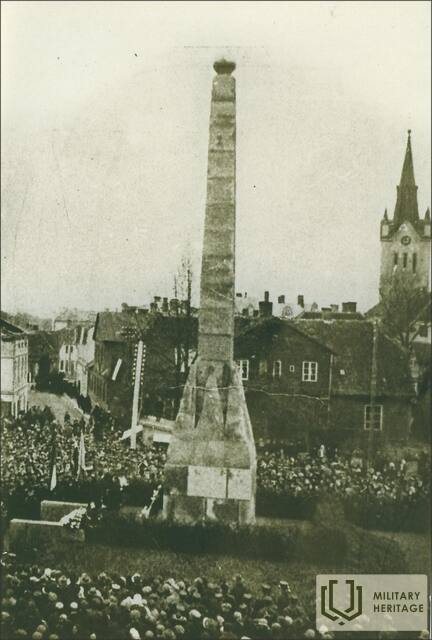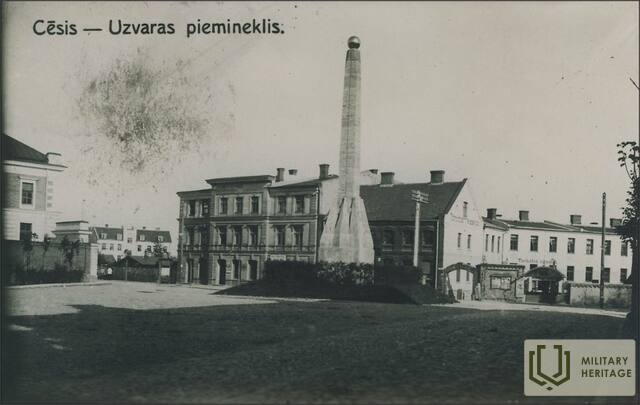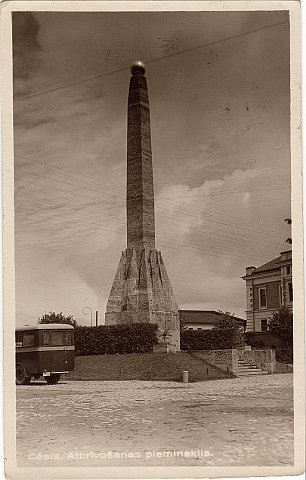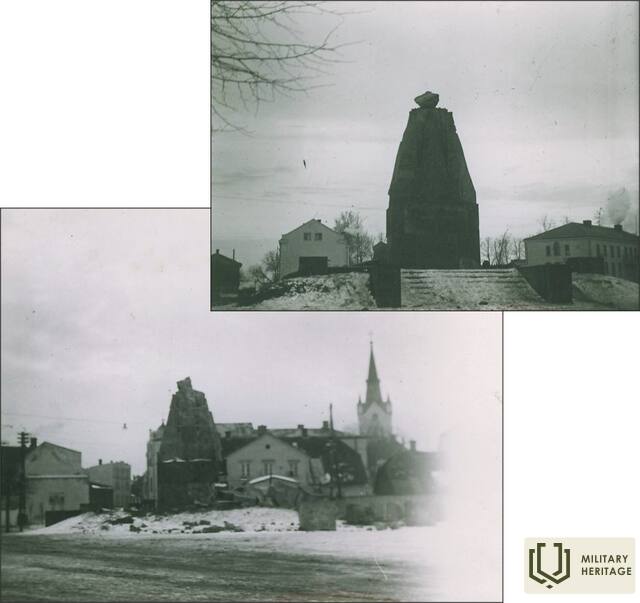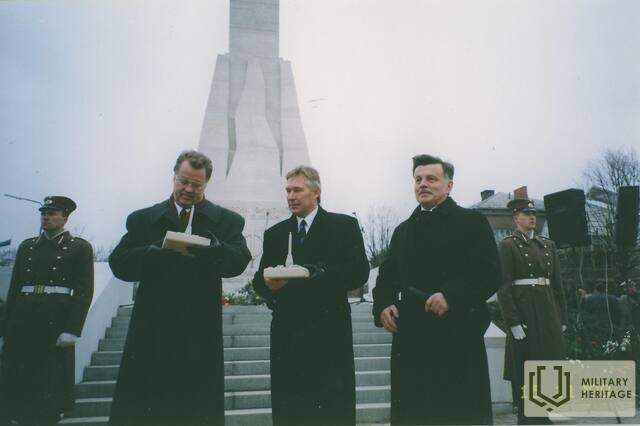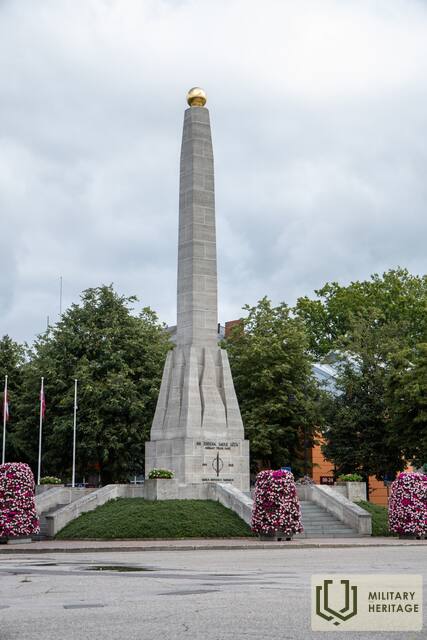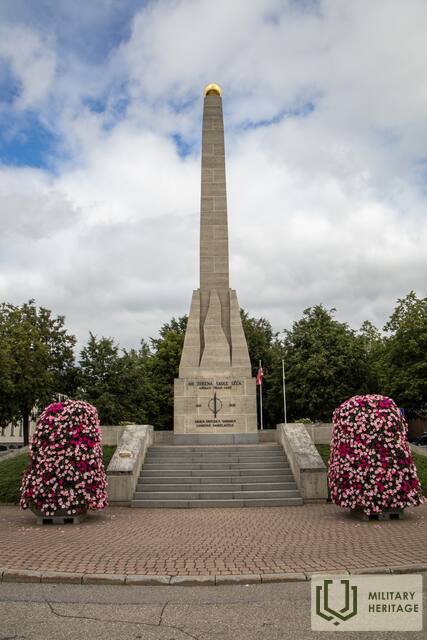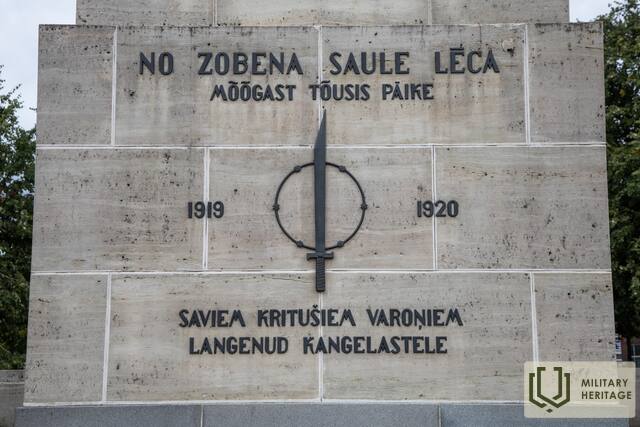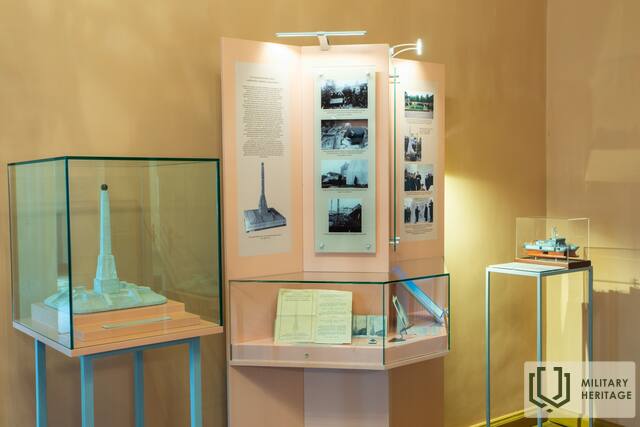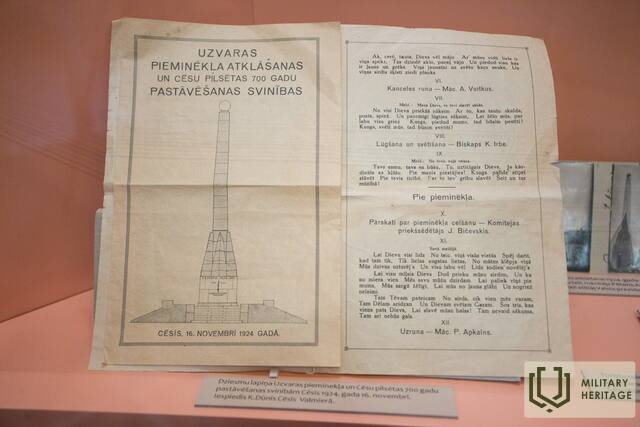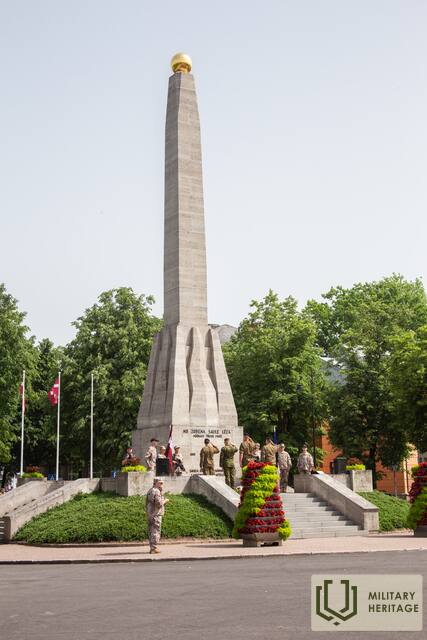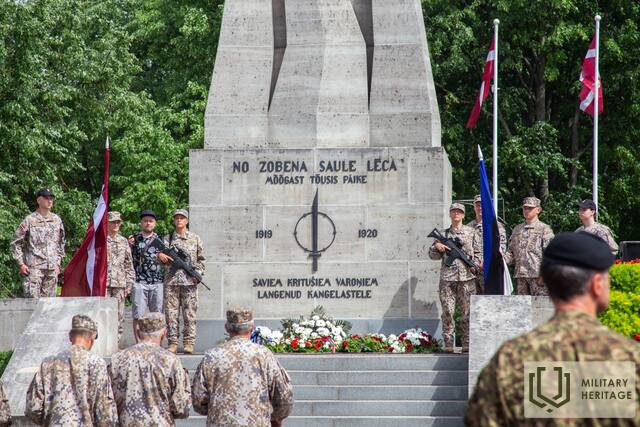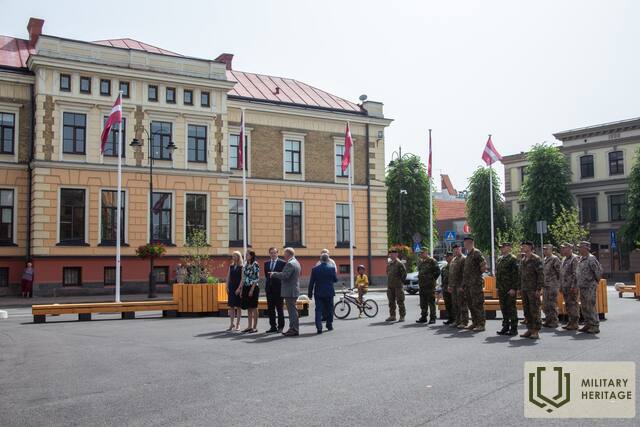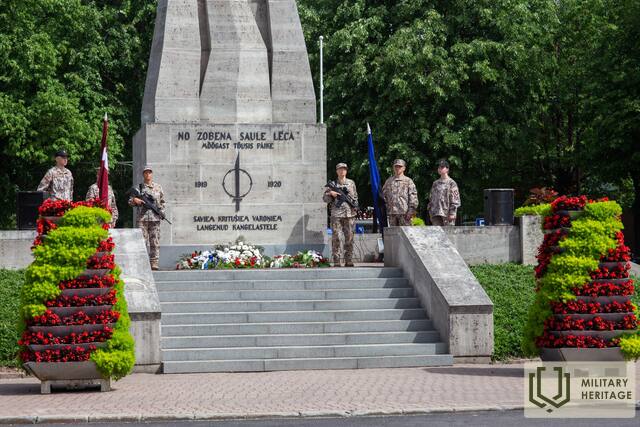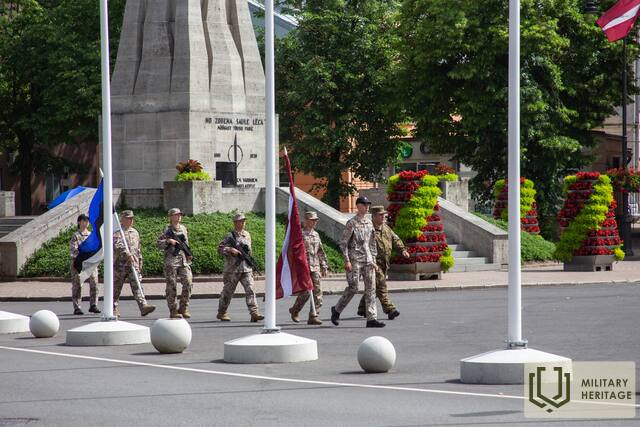Pergalės paminklas Cėsyse Memorialinė vieta
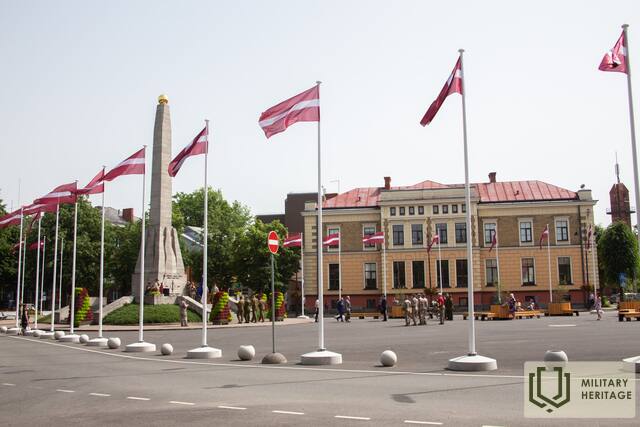

Pergalės paminklas latviams ir estams, žuvusiems Cėsių mūšiuose, yra Cėsių mieste, Vienybės aikštėje. Pagerbiant 1919 m. Cėsių mūšių dalyvius, 1924 m. birželio 22 d., už gyventojų paaukotas lėšas, pagal architekto Paulo Kundzinio eskizą buvo padėtas pirmasis Pergalės paminklo akmuo. Sovietų okupacijos metu, 1951 m. kovo 25 d. naktį, paminklas buvo susprogdintas ir visiškai nugriautas. Nuo 1959 iki 1990 m. buvusioje Pergalės (Vienybės) aikštėje stovėjo skulptoriaus Kārlio Jansonso sukurtas Lenino paminklas. 1997 m. Cėsių rajono tarybos pirmininkas Māris Niklass sugebėjo įtraukti Estijos valstybės institucijas į paminklo restauravimą. Paminklo statybai reikalinga medžiaga – Saremos dolomitas – buvo gauta dovanų iš Estijos. 1998 m. birželio 22 d., minint 79-ąsias Cėsių mūšių metines, Vienybės aikštėje buvo padėtas pirmasis restauruojamo paminklo akmuo. Atkurto Pergalės paminklo atidengimo ceremonija Cėsyse įvyko 1998 m. lapkričio 15 d. (autorius: architektas Imants Timermanis). Informacijos apie Pergalės paminklą galima rasti Cėsių istorijos ir meno muziejaus ekspozicijoje „Cėsys ir Latvijos nepriklausomybės karas“, esančioje Naujojoje pilyje.
Panaudoti šaltiniai ir literatūra:
Tālis Pumpuriņš, Cėsių istorijos ir meno muziejus
Susijusi laiko juosta
Susijusios temos
Susijusi istorija
Cėsių mūšio pradžia, eiga ir pabaiga
Pergalė Cėsių mūšyje turėjo tapti lūžio tašku Latvijos ir Estijos kovoje už savo šalies nepriklausomybę. Ši pergalė sustabdė Andrijevo Niedros vyriausybės ir vokiečių generolo Rüdigerio fon der Golco planus užkariauti Pabaltijį. Vietoj to, Liepojoje savo veiklą atnaujino Karlio Ulmanio vadovaujama Laikinoji Latvijos vyriausybė.




